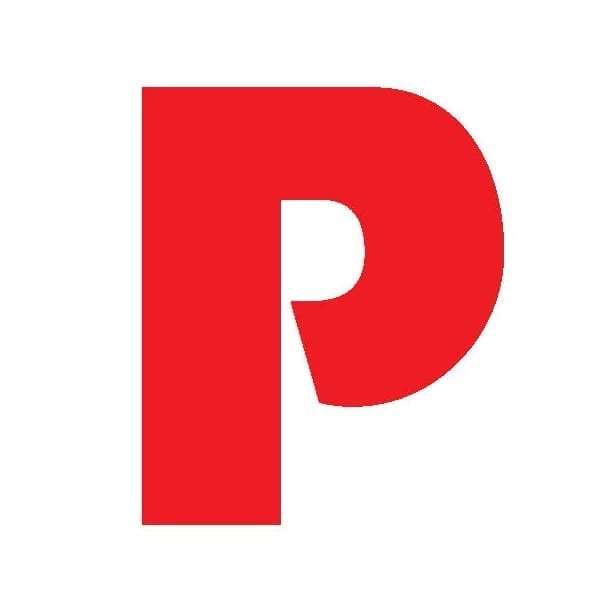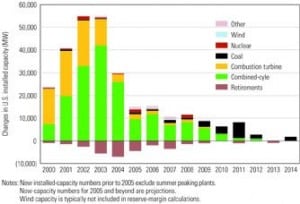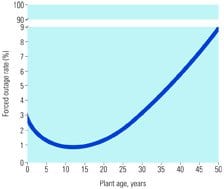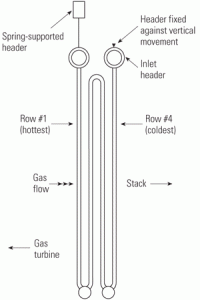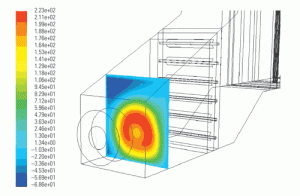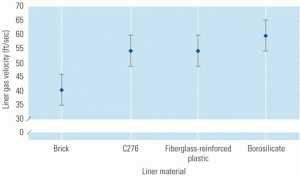-
Legal & Regulatory
Facilitate plant siting by relaxing ratemaking constraints
The U.S. needs new generating capacity in coming decades to meet growing electricity demand. The increasing scarcity of land within utility load centers, combined with environmental opposition to the siting of plants, often limits siting options to remote locations. Restricting power plants to distant sites necessitates additional transmission facilities, increases delivery costs and electric bills, […]
-
Business
Balancing people, plants, and practices
An essential ingredient in the success of any business endeavor is thorough planning. We’ve all heard the axiom "proper prior planning prevents poor performance" or a variation on that theme. Why the need for peak performance? Competition within the industry has never been as intense, with utilities combining in search of economies of scale. The […]
-
Instrumentation & Controls
Steam turbine upgrading: Low-hanging fruit
In 1500, Leonardo Da Vinci drew sketches of a device that rotated when hot air going up a chimney passed through a set of fan-like blades. Leonardo called his invention a "chimney jack," and although it only turned a roasting skewer, it gave birth to the idea of mounting blades on a shaft to convert […]
-
Gas
Designing HRSGs for cycling
With U.S. combined-cycle plants increasingly being cycled—rather than being run continuously, as they were designed to do—owner/operators worry that units expected to last two or three decades may survive only a few years without an expensive overhaul. Cycling takes as much of a toll on heat-recovery steam generators as it does on gas turbines. Whether you’re procuring a new HRSG or adapting an existing one for cycling service, robust design features should be what you’re looking for.
-
Coal
Stressed merchant industry hopes for better days
The U.S. power generation industry is changing at warp speed, via regulatory changes, consolidation, mergers, and sales of assets at yard-sale prices. New players have entered the market and become major players overnight, while several mainstays have gone bankrupt. Though many of the latter blamed high gas prices for their woes, well-diversified merchants enjoyed a record year. Whatever changes are in store for the business of combined-cycle generation, you can be sure that innovations in plant design and O&M such as those described in this special section will keep pace with them.
-
Gas
Fluid dynamics of the HRSG gas side
Designers of heat-recovery steam generators are using computational fluid dynamics software as one tool to reveal the invisible forces affecting the flow over, under, around, and through structures such as inlet ducts, distribution grids, and guide vanes.
-
Coal
Map: Combined-cycle plants constitute about 20% of U.S. generating capacity
Copyright 2006 Platts, a Division of the McGraw-Hill Companies. All rights reserved. 800-PLATTS-8. Data Source: Platts Energy Advantage www.maps.platts.com
-
Coal
Designing wet duct/stack systems for coal-fired plants
A multitude of variables must be accounted for during the design and development of a wet-stack flue gas desulfurization system. The five-phase process detailed below has proven effective on more than 60 wet-stack system design studies. A basic understanding of these concepts will help inform early design decisions and produce a system amenable to wet operation.
-
Coal
Designing HRSG desuperheaters for performance and reliability
Increased cycling of combined-cycle plants has made precise control of attemperator spray water within heat-recovery steam generators more important if damage to their hardware and piping is to be avoided. Complicating the issue is the industry’s still-limited experience with cycling and the fact that demands on the attemperator and turbine bypass of cycled plants are more stringent than those on baseloaded units.
-
Search

